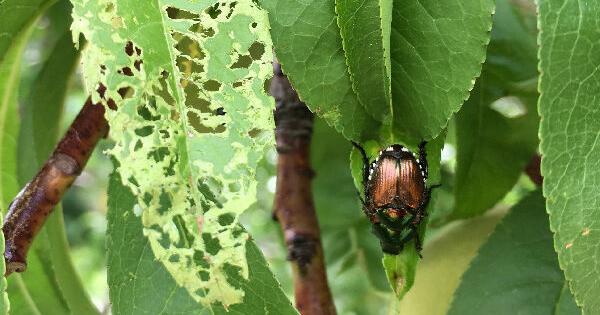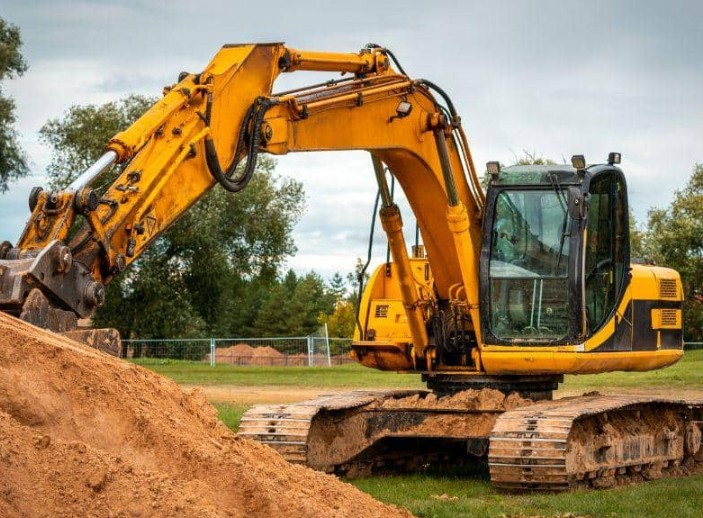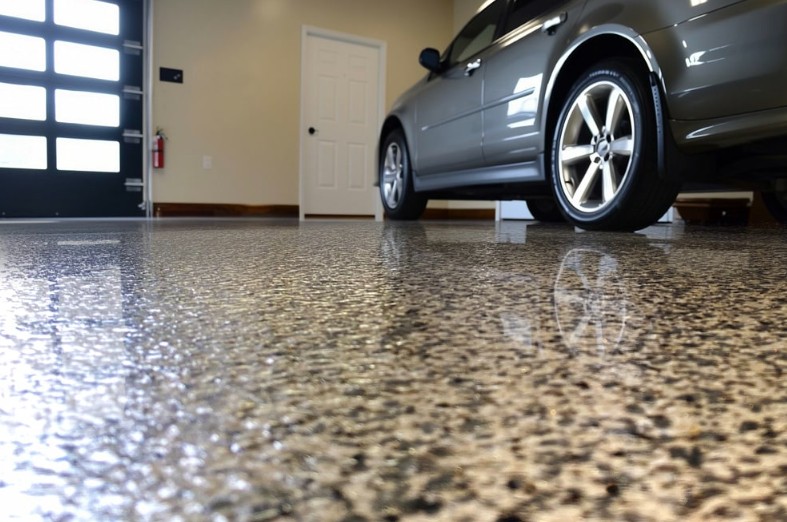Sarah Browning: How to beat a beetle | Home & Garden

Japanese beetle season is in full swing! They have been feeding for a couple weeks and their damage is becoming very obvious. Below are some common questions about these pesky bugs and tips on managing damage in your landscape.
What do they look like?
Adult beetles are similar in shape to our common June beetles, but a little smaller — about half-inch long. Their head and thorax is metallic green, their wing covers are copper brown. But you have to look closely sometimes to see these colors.
At first glance they often just appear dark brown. They also have a series of five white tufts of hairs on both sides of their abdomen, distinguishing them from a native insect called the false Japanese beetle or spring rose beetle.
Immature Japanese beetles are a type of white grub. They are creamy white with a brown head and three pairs of legs on the front part of their body.
People are also reading…
What does their damage look like?
Adults feed on over 300 common plants in our landscapes, including Japanese and Norway maple, hollyhock, Rose-of-Sharon, birch, cherry, plum, peach, rose, American elm, American linden, as well as marigolds, grape, Virginia creeper, Boston ivy and many more. Adults feed during the day, preferring hot weather and plants in full sun.
They have chewing mouthparts and consume tissue between the leaf veins, leaving behind a lacy or skeletonized leaf that quickly turns brown. Insects only feed on leaves, they don’t damage the underlying twigs or buds.
As immature insects, the white grubs feed on plant roots and are a frequent lawn pest. Root feeding causes browning and death of the grass.
Should I install a trap?
No, don’t put out the welcome mat! Do not use Japanese beetle traps advertised in gardening magazines or found at some hardware stores. Research has shown these traps attract many more insects than they catch, resulting in more harm than good for your landscape.
Discouraging the Use of Traps for Japanese Beetle Control, https://lancaster.unl.edu/pest/resources/japanesebeetletraps.shtml
Will the damage kill my linden?
Linden, crabapple, cherries and birch are favored tree hosts and adult feeding damage is often severe. Fortunately, healthy trees tolerate this loss of foliage well and will not be killed. Even if the entire canopy of leaves is skeletonized, plants will re-leaf next year since the underlying twigs and branches are not damaged. Don’t overreact by pruning out branches or removing entire trees.
Less favored trees can be planted to minimize problems. That doesn’t mean they will have no beetle damage, but it will not be severe. These include boxelder maple; shagbark hickory; Japanese tree lilac; black, northern red, scarlet or white oak; redbud; sweetgum or tulip tree.
How can I protect ornamental and vegetable garden plants?
If Japanese beetle damage becomes an annual event in your landscape, consider swapping out the plants they feast on for less preferred ornamentals. If only one or two plants in your landscape are affected, handpick beetles and drop them into a can of soapy water.
Before applying insecticides for control on blooming plants, understand how to use the product correctly and not damage pollinators. Follow all label directions; do not spray on windy days or during the day when pollinators are present. Instead, spray late in the day, near dusk.
Pesticides classified as reduced risk by the Environmental Protection Agency are those having minimal impact on human health and the environment. The reduced-risk pesticides neem, Pyola (a blend of pyrethrin and canola oil) and spinosad will kill adult beetles, but they last only for about three to seven days. Neem products can be effective repellants, reducing foliage damage when applied regularly (but no more than weekly).
Sample formulations available to home gardeners include:
• Monterey 70{73375d9cc0eb62eadf703eace8c5332f876cb0fdecf5a1aaee3be06b81bdcf82} Neem Oil or Bonide Neem Oil
• Gardens Alive Pyola Vegetable, Fruit and Ornamental Insect Spray
• Bonide Captain Jack’s Dead Bug Brew (spinosad)
When using conventional insecticides, typically two applications during peak adult flight periods, late June through early August, are needed for control.
The first application should be made before plant damage becomes intolerable, but when adult beetles are abundant. Carbaryl, bifenthrin, cyfluthrin, permethrin and lambda-cyfluthrin provide about 2 weeks of control following a thorough application. Follow the label restrictions for use on food crops and harvest timing after application.
How can I prevent damage to my lawn?
Adults lay eggs in the soil for about a four- to six-week period beginning in late June. Eggs hatch out 10-14 days later, and tiny grubs begin feeding on turf roots. Most turf damage appears in late summer, from mid-August through September.
Turf products for the control of our common white grub also provide control of Japanese beetle grubs and should be applied from mid to late June. If extensive damage occurs and grub control products were not applied earlier in the summer, then Dylox works well in late summer as a rescue treatment.
More Information
Dealing with Japanese Beetles, https://extension.unl.edu/statewide/douglas-sarpy/pdfs/ce/resources/ce-dealing-with-japanese-beetle.pdf
Japanese Beetles in the Urban Landscape, https://extension.entm.purdue.edu/publications/E-75.pdf
Photos: Nebraska wildflowers for the garden
Pollinator wildflowers

Golden Alexander
Pollinator wildflowers

Virginia Mountain Mint
Pollinator wildflowers

Rattlesnake master
Pollinator wildflowers

Purple prairie clover
Pollinator wildflowers

Purple poppy mallow
Pollinator wildflowers

Red columbine
Wildflowers that spread

Black-eyed Susan
Wildflowers that spread

Prairie coneflower
Wildflowers that spread

White heath aster
Popular wildflowers

Largehead Liatris
Popular wildflowers

Milkweed
Popular wildflowers

Baptisia minor
Popular wildflowers

Leadplant
Popular wildflowers

Pasque flower
Sarah Browning is an extension educator with Nebraska Extension. To ask a question or reach her, call 402-441-7180 or write to her at [email protected] or 444 Cherrycreek Road, Lincoln, NE 68528.





